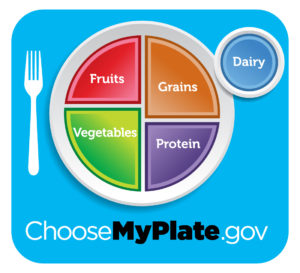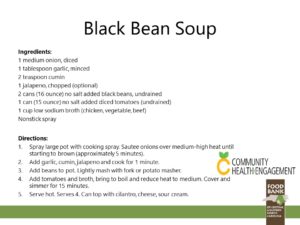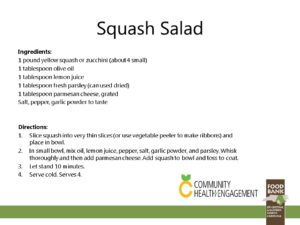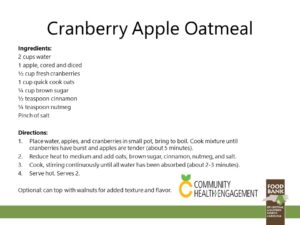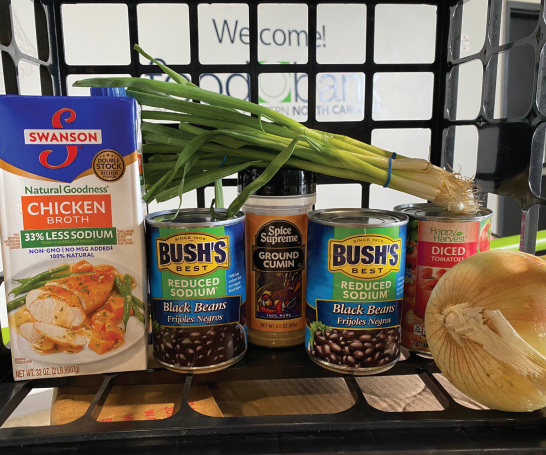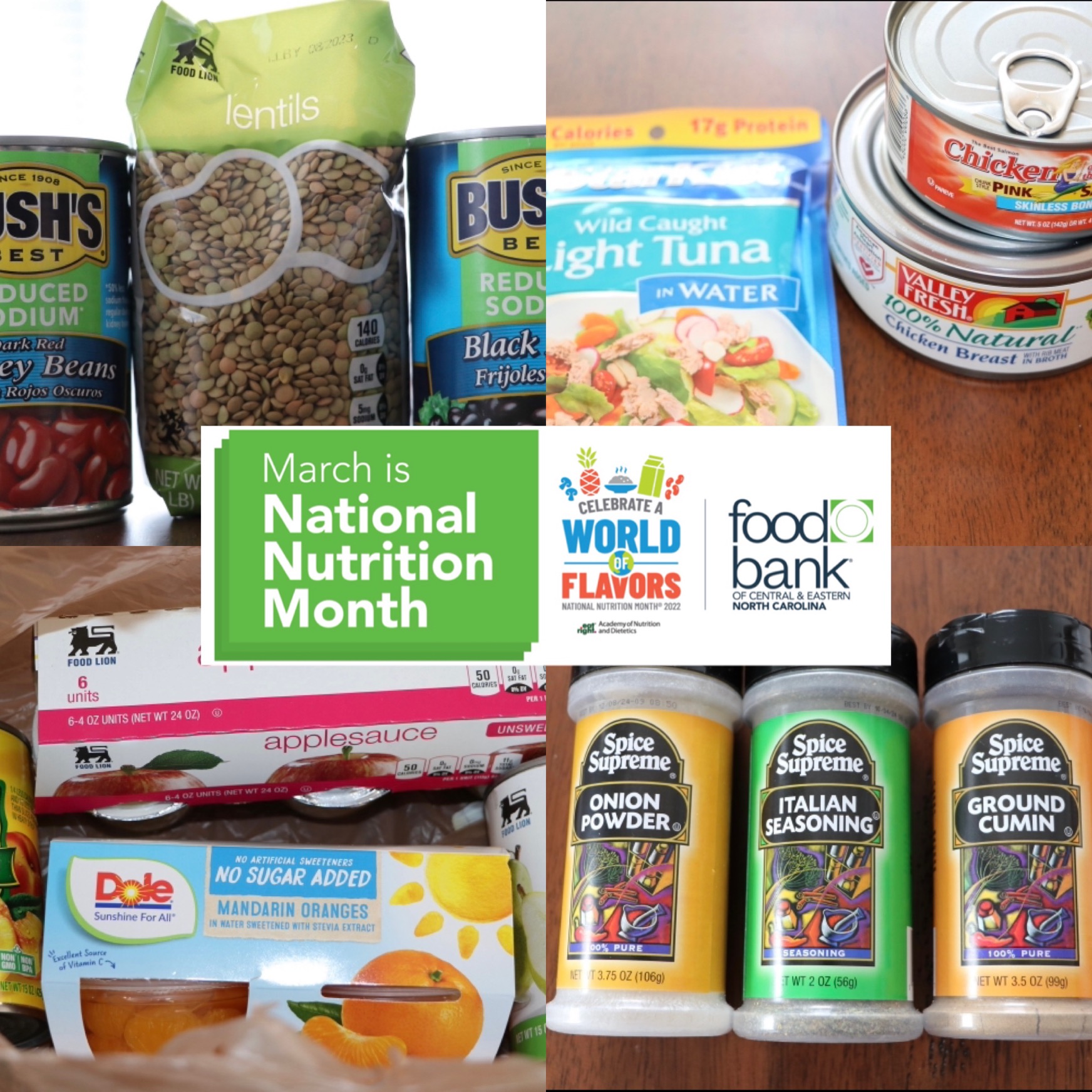 February is American Heart Month – and not just the chocolate Valentine’s kind. According to the American Heart Association, “chances are, we all know someone affected by heart disease and stroke, because about 2,300 Americans die of cardiovascular disease each day, an average of 1 death every 38 seconds. But together we can change that! The biggest part of living healthy comes down to simply making healthy choices. While you can’t change things like age and family history, the good news is that even modest changes to your diet and lifestyle can improve your heart health and lower your risk by as much as 80 percent.” With that in mind, Food Bank CENC’s Nutrition Education Manager Sara Clement RDN, LD has compiled eight small choices that can pack a big punch against Heart Disease.
February is American Heart Month – and not just the chocolate Valentine’s kind. According to the American Heart Association, “chances are, we all know someone affected by heart disease and stroke, because about 2,300 Americans die of cardiovascular disease each day, an average of 1 death every 38 seconds. But together we can change that! The biggest part of living healthy comes down to simply making healthy choices. While you can’t change things like age and family history, the good news is that even modest changes to your diet and lifestyle can improve your heart health and lower your risk by as much as 80 percent.” With that in mind, Food Bank CENC’s Nutrition Education Manager Sara Clement RDN, LD has compiled eight small choices that can pack a big punch against Heart Disease.
1. Eat a variety of foods
Incorporate fruits, vegetables, grains, protein, and dairy into all meals. MyPlate is a great resource for ideas on incorporating all the food groups.
2. Look for important nutrients
High fiber, low sodium foods are great choices. Also look for foods high in Vitamin D. Choosing lean meats, colored fruits/vegetables, whole grains, and low-fat dairy are keys to healthy eating. Here are two great recipes – and a cooking demo with our local AHA chapter to help you get started!.
3. Eat breakfast
Eating breakfast has been associated with decrease risk of heart attack. Incorporating heart-healthy foods can help provide energy and nutrients. Here are some delicious and heart healthy breakfast ideas.
4. Read nutrition labels
Knowledge is power for limiting foods high in sugar, sodium, and fat. This will be easier with the new nutrition label changes. It is getting a refresh in looks, including larger print for calories, serving size, and servings per container. It must also separate Added Sugars under the Total Sugar list. See FDA for more information.
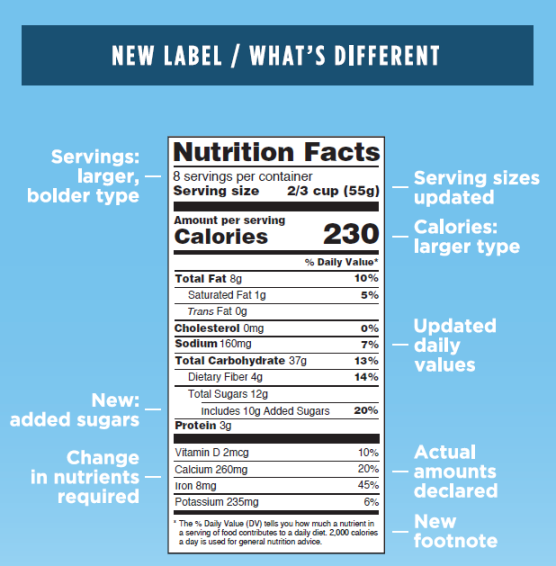 5. Eat recommended serving sizes
5. Eat recommended serving sizes
Use a small plate or keep track of number of servings you have had. Always try to eat lower calorie foods, like fruits and vegetables, first to reduce intake of high calorie, high fat foods.
6. Stay hydrated
Staying hydrated helps the heart pump blood easier through the body. Water is the best choice to stay hydrated. If you need more flavor in your water – try these fun combos.
7. Stop smoking and reduce alcohol consumption
Alcohol can increase triglyceride levels in blood, as well as cause high blood pressure levels, increase caloric intake, and obesity all risk factors for heart disease. Smoking can decrease physical activity and increase risk for blood clots, both being risk factors. You can find help at smokefree.gov.
8. Be active
Physical activity can help decrease chance for coronary heart disease, strengthen the heart, and delivery more oxygen to body. Start small and always consult your doctor before starting an exercise program.
 Sara Clement RDN, LD is Food Bank CENC’s Nutrition Education Manager. She helps our neighbors in need improve overall health by sharing great food choices and eating habits that work with their lifestyle. Sara’s ‘Nutrition Kitchen’ posts share stories of her work and tips for us all.
Sara Clement RDN, LD is Food Bank CENC’s Nutrition Education Manager. She helps our neighbors in need improve overall health by sharing great food choices and eating habits that work with their lifestyle. Sara’s ‘Nutrition Kitchen’ posts share stories of her work and tips for us all.



